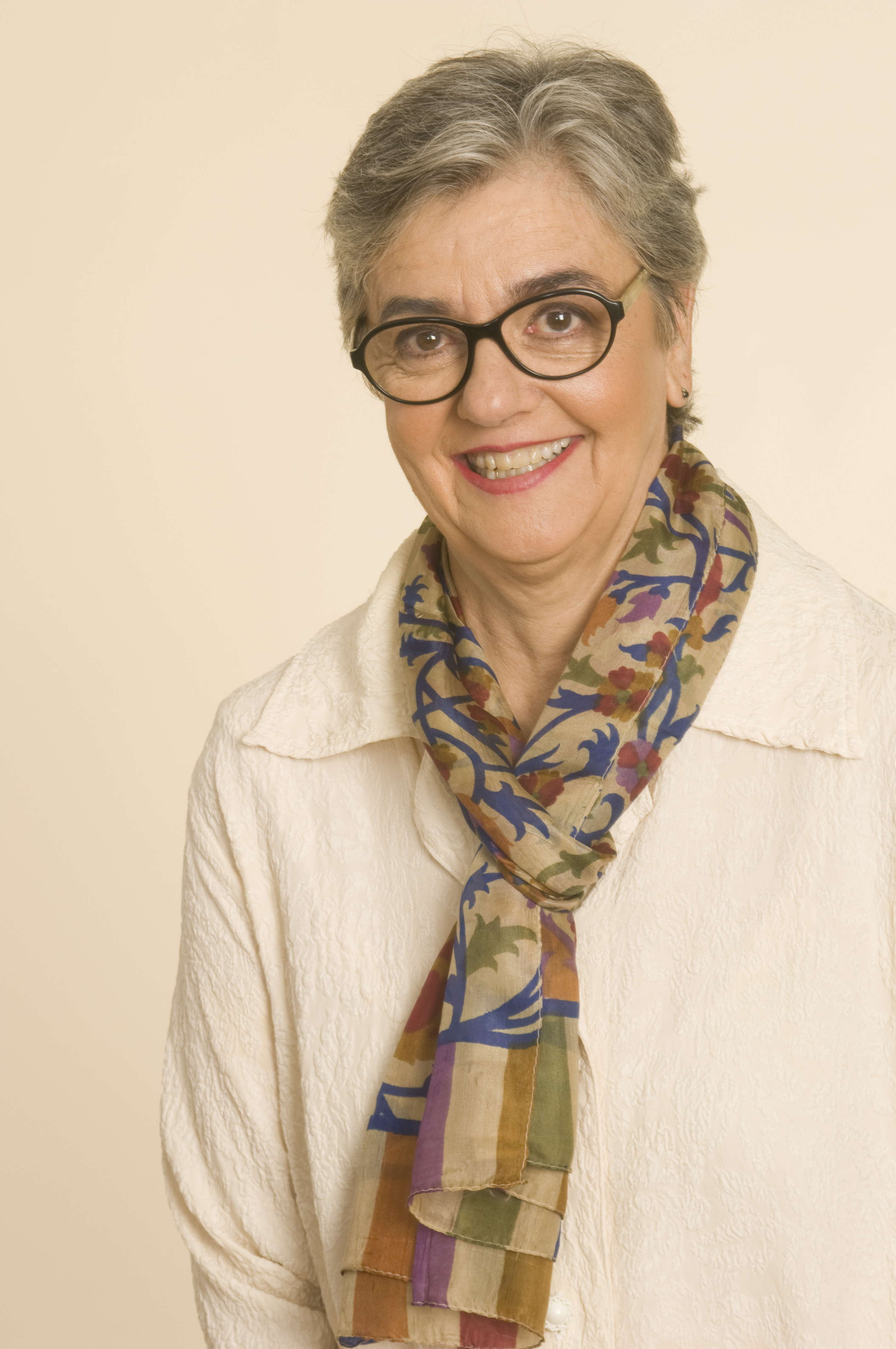Why Don’t Drugs Work for Some RA Patients?
Arthritis Foundation funds research to find answers.
Advances in medicine over the past 30 years have created an arsenal of very effective medications to treat rheumatoid arthritis (RA). So, while RA patients may still experience flares, they don’t typically suffer with the kind of pain, deformities and loss of function that they may have dealt with before the advent of biologic medications.

Still, up to 20% of people don’t get adequate relief from available medications. These so-called “refractory” cases are the focus of research by Susan Goodman, MD, and her colleagues — research for which the Arthritis Foundation has committed over $1 million, including nearly a half-million for Dr. Goodman’s research.
Dr. Goodman is a professor of clinical medicine at Weill Cornell Medicine, director of the Integrated Rheumatology and Orthopedics Center of Excellence, and medical chief and research director for the Combined Arthritis Program at Hospital for Special Surgery in New York City. She is also involved with the Accelerating Medicines Partnership, Autoimmune and Immune-Mediated Diseases (AMP/AIM), a research-focused program under the auspices of the National Institutes of Health that the Arthritis Foundation also supports.
“Refractory” Risks
Ideally, people with diseases like RA receive early, effective treatment with conventional or biologic disease-modifying antirheumatic drugs (DMARDs) to head off damage to joints or other parts of the body.
“What you do in the first three to six months of disease has an impact five years down the line,” Dr. Goodman explains.
Biologic DMARDs work by blocking, or targeting, certain parts of the immune system — such as tumor necrosis factor (TNF) or interleukins (IL) — that fuel inflammation.
“We have amazing targeted therapies, but we don’t know for whom each of these therapies is optimal,” Dr. Goodman says. “The goal is to find the appropriate targeted therapy for early disease, so no one ever develops into the refractory cohort.”
Refractory patients are those who fail to get relief despite trying multiple medications, including biologics. Currently, the only course of treatment for refractory cases is to continue cycling through medications – “unfortunately, throwing stuff at the wall and hoping it will stick,” she explains.
As a result, these patients continue to have pain and swollen joints, and their disease has more opportunity to do long-term damage. In addition, their continued exposure to these powerful medications raises their risks of side effects from the drugs, what Dr. Goodman calls “toxicity.”
“What we’re hoping to change through the AMP-AIM consortium and this Arthritis Foundation grant is to figure out a better way to treat them.”
The Inflammation Puzzle
Through her research involving rheumatology patients with established disease receiving joint replacement surgery, she and her team — Laura Donlin, PhD, and Dana Orange, MD, MSc — found that there are several subtypes of refractory cases. While all continued to have severe RA symptoms, including painful and swollen joints, some had high levels of inflammation, but others had very low inflammation. That is puzzling because it generally has been believed that inflammation drives rheumatoid arthritis.
“Patients with low-inflammatory disease have been given buckets of anti-inflammatory therapies,” including biologics and other targeted therapies, she says. That presumably is why some have low inflammation, but why then do they still have significant pain and swollen joints? (The data do not include their inflammation levels before they started anti-inflammatories, Dr. Goodman adds, so it’s possible that they always had low inflammation.)
For these patients, anti-inflammatory medications aren’t effective because they don’t address the symptoms. “The mechanism of pain and swelling is very different from pain and swelling from inflammation,” she says. “From the work we’ve done, led by Dr. Orange, with the low-inflammatory group, we’ve been able to identify pain-associated genes, and certain pathological findings that are also associated with high pain scores.”
That suggests that rather than continuing to treat these patients with anti-inflammatory medications, “we should be looking at totally different approaches,” like ways to target pain through the central nervous system, for example.
Advancing Personalized Therapy
The $450,000 grant from the Foundation will help Dr. Goodman and her team determine what sets refractory patients apart, which could help identify new targets for treatment.
“We’ve done so amazingly well since the introduction of anti TNFs. The whole concept of targeted therapies and early intervention has been game-changing for patients. What we’re doing now is refining our approach hopefully to diminish toxicity and time to response even further by appropriately identifying who needs what.”
“The Arthritis Foundation has given us a very generous grant to continue studying these patients,” she says. “It’s a critical contribution to our ability to analyze and dissect out the different components of these refractory subtypes, so it’s extremely important.”
Story of Yes
Say Yes! Share Your Story
One of the most powerful things you can do to help others living with arthritis is share your story. If you have arthritis, care for someone who does or are making an impact in the arthritis community, your experiences can help someone who may feel alone. Whether you're a patient, caregiver, donor, volunteer or researcher — you can be an inspiration by sharing your Story of Yes.
Share Your Story
Arthritis Foundation Invests $1.1 Million in Refractory Rheumatoid Arthritis Research
Elaine Husni: Determined Rheumatology Detective
Stay in the Know. Live in the Yes.
Get involved with the arthritis community. Tell us a little about yourself and, based on your interests, you’ll receive emails packed with the latest information and resources to live your best life and connect with others.
